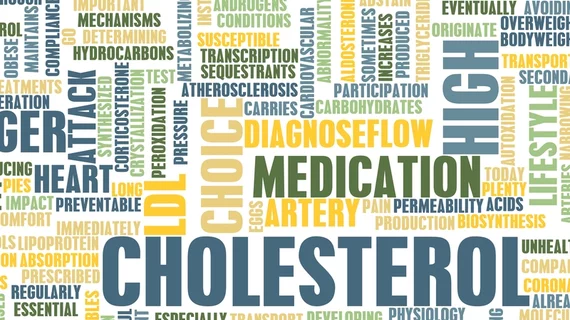High-density lipoprotein cholesterol (HDL-C) is often referred to as the “good” cholesterol—but too much of a good thing can still be bad for some patients, according to new findings published in the American Journal of Cardiology.
Researchers examined data from 415,416 patients, including more than 227,000 women and more than 187,000 men, who participated in the UK Biobank database. Patients with a history of coronary artery disease were excluded.
Nearly 7% of patients had an HDL-C level above 80 mg/100 ml. These patients were mostly women and more likely to be older and present with a lower BMI. They also tended to have higher total cholesterol levels, and a history of stroke or myocardial infarction were uncommon.
After a median follow-up period of nine years, the all-cause mortality rate was 4%. The cardiovascular mortality rate was 0.9%.
Overall, women with very high HDL-C levels do not face a heightened risk of cardiovascular mortality. Men with very high HDL-C levels, however, see their risk of cardiovascular death nearly double.
These findings, the group noted, “highlight the limitation of high HDL-C levels as a marker of atheroprotection as currently employed in clinical practice.” This might explain why pharmaceutic interventions aimed at boosting HDL-C levels have failed to make much of an impact on patient outcomes.
The authors also wrote that specialists may need to change the way they view HDL-C measurements going forward.
“HDL-C measurements are routinely used to calculate cardiovascular risk in the general population,” wrote lead author Chang Liu, MPH, from the division of cardiology at Emory University School of Medicine in Atlanta, and colleagues. “Based on our findings, the nonlinear risk of HDL-C levels among men may need to be incorporated in those equations. Whether interventions to reduce risk of very high HDL-C levels in men will be effective needs further study.”
Click here for the full study.

